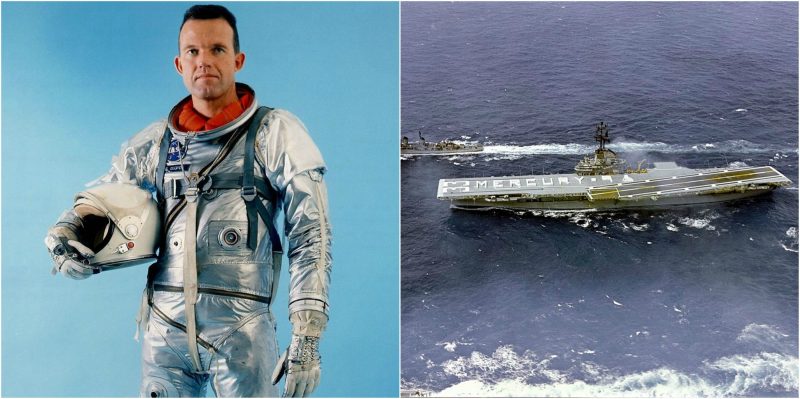We can discover a lot of things from space today; things that are ordinarily invisible or hard to detect from down here on the surface of our planet. Around 55 years ago, during the Mercury mission, astronaut Gordon Cooper discovered something that looked to him like old shipwrecks.
He kept those locations secret until his deathbed. On Tuesday (20 April 2017), Discovery Channel premiered their documentary series called “Cooper’s Treasure.” The documentary follows the expedition of Darrell Miklos, a professional treasure hunter and Gordon’s friend, in the quest for the sunken treasures that possibly lay on the Ocean’s bottom.
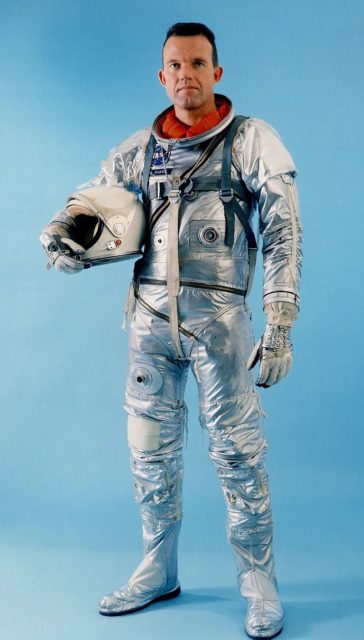
This is probably the first case in which a treasure hunter received information about a shipwreck directly from an astronaut that obtained the locations during a spaceflight (besides those cases in which modern technology and satellite footage were used for the discovery of certain shipwrecks). Cooper’s Treasure sounds like in interesting mixture of naval and Spaceflight history – an exploration of Space that resulted with discoveries in the depths of the ocean.
Gordon Cooper’s career as an astronaut is rich and full of adventure. He became an astronaut in April 1959, as one of the seven original astronauts in Project Mercury, the first manned space program of the United States. During the Mercury – Atlas 9 mission in May 1963, the first entirely solo orbital mission, Gordon orbited the Earth 22 times and logged more time in space than all five previous Mercury astronauts combined: 34 hours, 19 minutes and 49 seconds. He also became the first American to sleep in space.
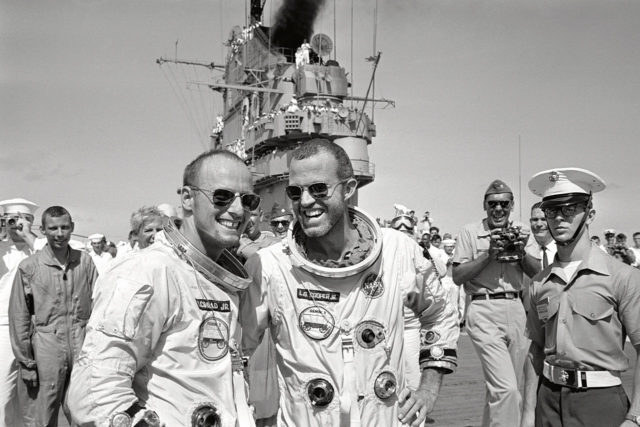
Two years later, he and Pete Conrad went on the Gemini 5 mission and made a new space endurance record by traveling a distance of 3,312,993 miles (5,331,745 km) in 190 hours and 56 minutes. Later he was selected as a backup Commander for the May 1969 Apollo 10 mission and hoped that he would fly as the Commander of the Apollo 13 mission, but regular crew rotations and grounded fellow astronauts put him further down on the list.
Disappointed by his reduced chances to go to the Moon, Gordon decided to retire from the space program and the Air Force. During his astronaut career, Gordon logged more than nine days of spaceflight. In his later years, he worked as a technical consultant for companies that collaborated in a variety of fields and wrote his autobiography, “Leap of Faith.’ He also became dedicated to his hobbies which included: treasure hunting, archeology, racing, flying, skiing, boating, hunting, and fishing.
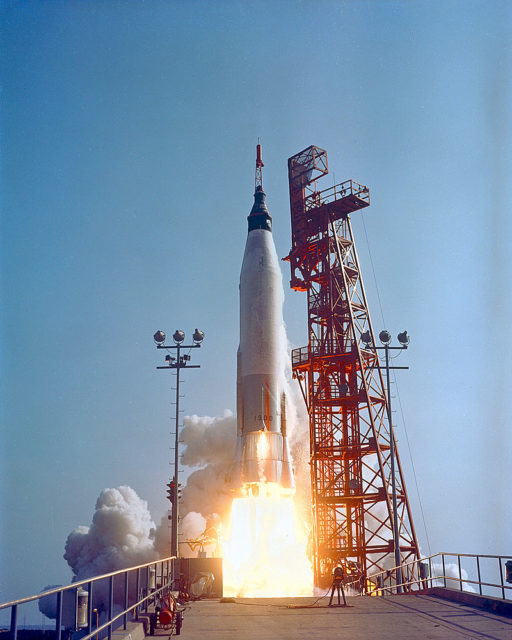
So where does his story connect with Darrell Miklos and the locations of possible treasure? During his 34-hour Solo Mercury mission, Cooper was supposedly conducting a classified search for Soviet nuclear missile launch sites. While he was looking for those locations, he noticed something else – a series of objects that looked like possible sunken shipwrecks. Gordon carefully wrote down the coordinates and never reported them to anyone. Gordon Cooper died October 4, 2004 (aged 77) and he kept this information secret, revealing it to Darrell Miklos only a few years before he died.
In the first episode of the series, Miklos explains how he and Cooper met in 1978 during The Merv Griffin Show:
“I first met Gordon Cooper in the green room, backstage at ‘The Merv Griffin Show.’ My dad and he were on the show together, an episode about adventurers.”
As Miklos explains, nobody in the treasure hunting industry knew about Cooper’s interest in the business:
“Even people in my industry did not know that astronaut Gordon Cooper was involved in this, but what you’ve got to remember is that Cape Canaveral is situated in a unique location; it is right off the Gold Coast of Florida… Right there, where they were practicing space exploration were historical shipwrecks, sunk right in Cape Canaveral. I think that is what pushed him forward.”
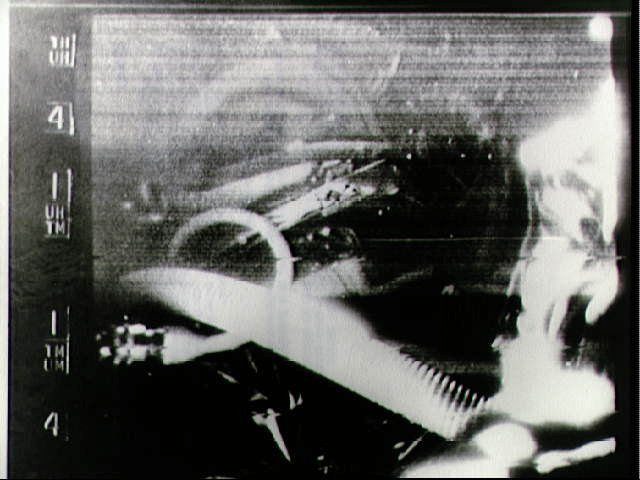
After their first meeting in 1978, while Miklos was still a teenager, he and Cooper then met several more times. They got acquainted even more in 1997, when both of them went to the Bahamas together, as Miklos explains in an interview for collectSPACE:
“We were there to start a project in the Bahamian waters, but it never came to fruition,” Miklos recalled. “But I ended up renting space in his office because we became friends while in the Bahamas. The next thing I knew, we ended up being close friends for seven years until he passed away.”
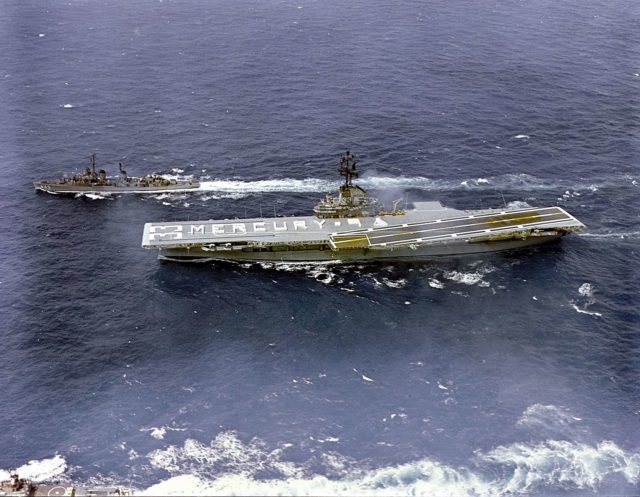
Miklos and Cooper became really good friends, and Miklos even saw Cooper as a father figure because the relationship with his own father was really strained as he explains. Both of them started to make plans for expeditions on sites of possible shipwrecks, including the ones that are now explored on the show, but unfortunately, Cooper died. Now, Miklos is determined to finish what he and Cooper started together.
All of the notes and papers in connection to the shipwrecks that Miklos received from Cooper were kept secret up until now.
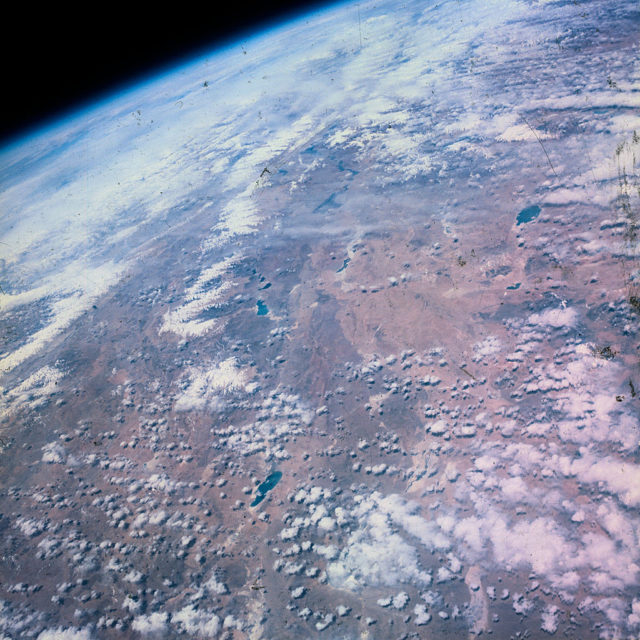
Because Cooper died before the show was recorded, he is represented through original footage from his years of work at NASA, some of his TV appearances, and by reenactments of the events before this expedition. In one segment from an old interview with Gordon Cooper that is shown in the first episode of the documentary series, he gives his view on space exploration, and his view fits perfectly with the goal of the expedition shown in the series:
“Just as in all explorations in history, the biggest benefits have always been the hidden ones that were not known at the time of the explorations were going on.”
We are eager to see what Miklos and his crew go on to discover in the following episodes.
